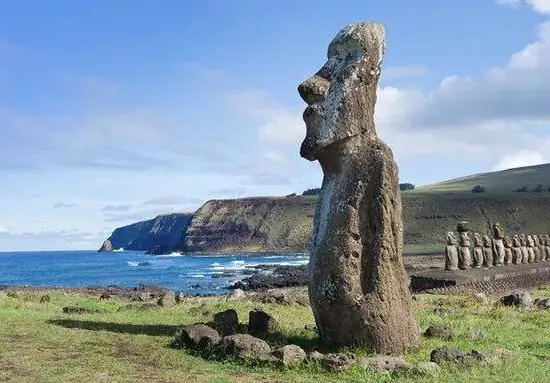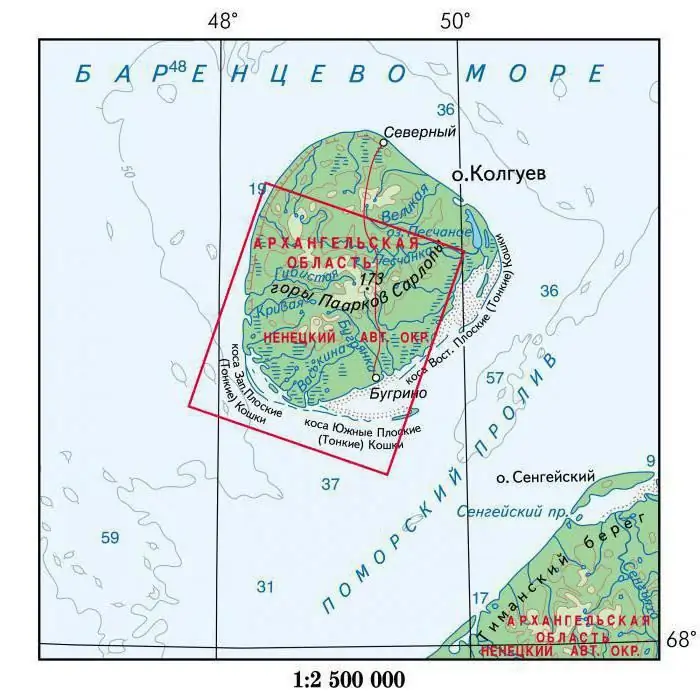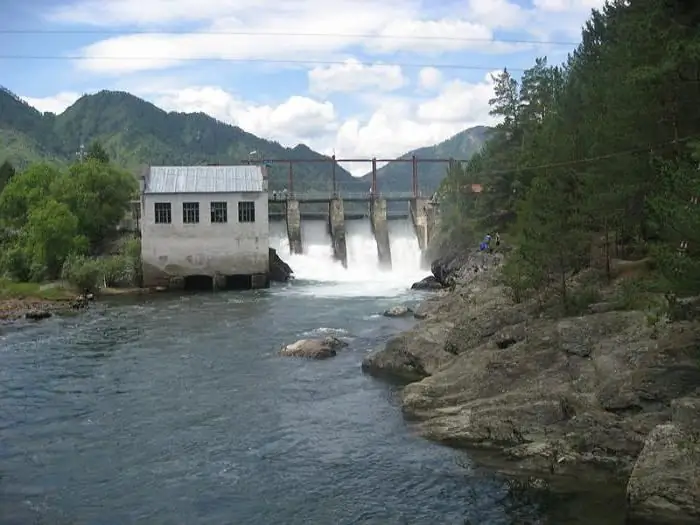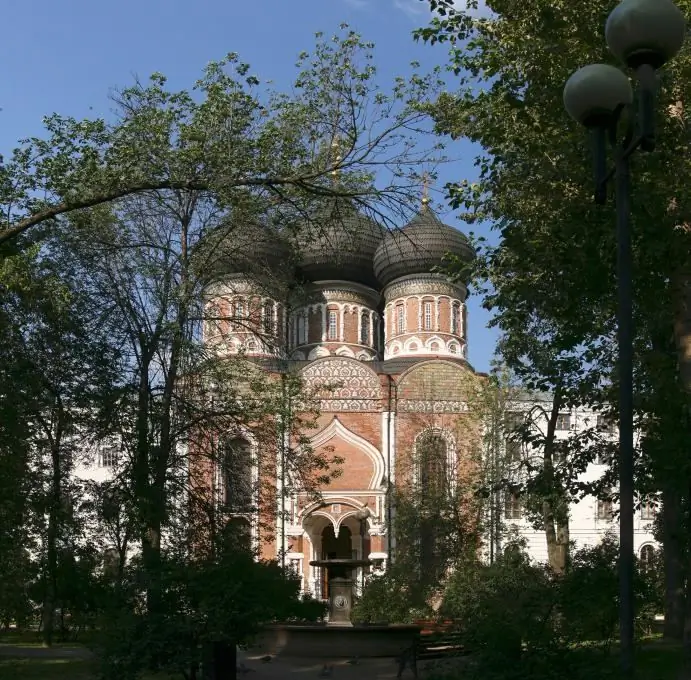- Author Harold Hamphrey [email protected].
- Public 2023-12-17 10:06.
- Last modified 2025-01-24 11:10.
Endless horizon, golden beaches caressed by clear sea waters, picturesque cliffs immersed in dense greenery… This is the Elbe. The island, located in the Tuscan archipelago, is washed by the Ligurian Sea in the north and the Tyrrhenian Sea in the south. On the east coast is the Piombino Canal, and the Corsican Canal separates it from Corsica to the west.

Probably, Napoleon, once exiled here, could consider himself lucky. Today, everyone would agree to such an exile. More than a million tourists come every year to plunge into the warm sea waters, wander among the colorful landscapes, and be fascinated by the ancient history of the island of Elba. Reviews of people resting in this attractive corner are the most enthusiastic. The climate here is almost universally Mediterranean, with the exception of Mount Kapanne, where winters tend to be cool.
Many Mediterranean civilizations have left their cultural traces. For the Etruscans, he was an inexhaustible source of we alth. Already in the eighth century BC, iron ore was mined here, processed in furnaces,working day and night, and iron was exported around the entire Mediterranean basin. The Romans inherited the steel industry, began mining granite, discovered diverse landscapes and healing muds by building the Baths of San Giovanni.

History decreed that the island of Elba more than once became the scene of important events. It was one of the centers of winemaking in the Roman Empire. Pliny the Elder called it "the island of fine wine". Ships loaded with amphorae of wonderful wines carried them to different parts of the vast Roman Empire. Many amphorae can be seen in the archaeological museums of Portoferraio and Marciana, as well as other amazing finds that tell about the history of ancient shipping. Luxurious patrician villas of Linguella, Grotto, Capo Castello grew up in charming places on the banks of the bays, the ruins of which still make an indelible impression today.
In the Middle Ages, the island of Elba belonged to the Pisan Maritime Republic. The extraction of iron ore and granite did not stop during that period. Many columns, created by skilled stonemasons from granite mined on the island, decorated Piazza de Miracoli in Pisa. The culture of the Pisan period is represented by some fine examples of architecture: the graceful Romanesque churches and the tower of St. Giovanni in Compo, built on a huge granite boulder, but above all, this is the powerful "fortezza" in Marchiana, the fortress of Voltarraio in Portoferraio, built in Etruscan times and reconstructed in Pisan times.
In 1548, the island of Elba passed toMedici. Cosimo I built the fortified city of Portoferraio, a true gem of military urban planning. There was such perfect harmony between sea, land and architecture that it was originally called Cosmopoli (Universal City).
At the beginning of the seventeenth century, the Spaniards, who settled on the shores of the Tyrrhenian Sea in Porto Azzuro, built the imposing Fort of San Giacomo, today secluded and proudly towering on a hill, various chapels, the Church of Our Lady of Montserrat on a dolomite mountain.
In the eighteenth century, the island was contested by the Austrians, Germans, British and French through frantic diplomatic negotiations and fierce fighting. In 1802 it became a French possession. After the Treaty of Fontainebleau in 1814, Napoleon, who forcibly resigned his imperial powers, was exiled to the island. During the months he lived here, he carried out a series of economic and social reforms, greatly improving the lives of the islanders.

Today, the island of Elba is still world famous for its excellent wines and is a favorite destination for tourists.






